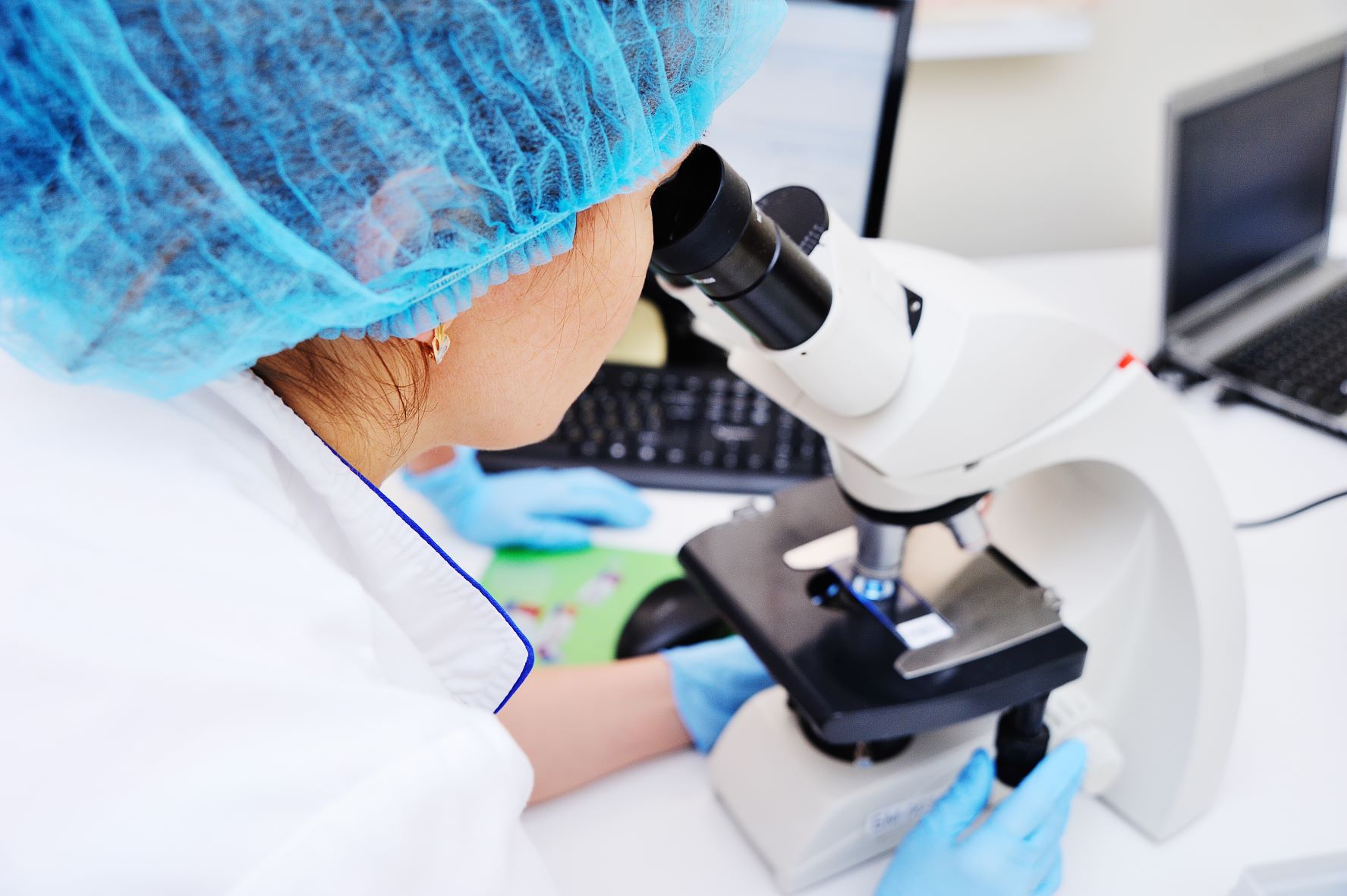
Biopsies: only sure way to diagnose cancer
You went for your recommended cancer screening, and it showed something suspicious. Immediately, your stress level went through the roof.
What is it? How do we find out?
That is where a biopsy comes into play. Biopsies do not cause cancer or spread it. They identify it.
In basic terms, it is a procedure to remove a tissue sample or cells from a suspicious area in your body. The sample can be removed in various ways and sent to a pathologist to identify.
Can you diagnose without a biopsy?
The short answer is no. While imaging and blood draws can show suspicious areas or levels, removing tissue and studying it is the only way to diagnose cancer 100%.
Home tests to detect things like colon cancer only look for blood or DNA markers in your stool. If an at-home test is positive for cancerous cells, you will still need to visit your health care provider for diagnosis and treatment options.
How long does it take? Where will I need to go?
“It varies. Sometimes, they can be done in your doctor’s office while others require you to go to a hospital or surgical center,” said Manpreet Sandhu, MD, medical oncologist and hematologist with OSF HealthCare. “How long it takes and where you have to go is largely based on the type of biopsy and what kind of anesthetic is required.”
It’s important to remember that biopsies are not strictly for identifying cancer. They may also be performed to determine the cause of an unexplained sore, mole, infection, inflammation or other medical condition. Where the procedure is performed and how long it takes do not indicate cancer or the severity of a disease.
Types of biopsies
There are three general methods. They are:
Surgical
Bone marrow biopsies
There are two types of bone marrow biopsies – aspiration and core. An aspiration samples a small amount of bone marrow fluid, while a core samples solid bone marrow tissue.
“The hipbones are a perfect place for us to check the quantity, size and maturity of both healthy and abnormal blood cells,” Dr. Sandhu said. “The back of the hipbone provides easy access to bone marrow with the least amount of discomfort for you.”
Excisional and incisional biopsies
These types are used for large areas or tumors. Your surgeon will remove some or all of the affected layers of skin or larger tumors while you are under general anesthesia.
Excisional procedures remove entire tumors, which includes sentinel node biopsy or removal of lymph nodes, while incisional only remove a small part for study.
“Sometimes, they’ll use these methods and have the tissue studied while you’re still under anesthesia,” Dr. Sandhu said. “While you’re still under, they can remove more if needed, increasing their chances of getting the targeted cells.”
Shave or skin biopsy
As the name implies, this procedure involves shaving off the top layers of skin for diagnosis.
“Shave biopsies are great for diagnosing basal cell or squamous cell skin cancers and other skin ailments but not melanomas,” Dr. Sandhu said. “They usually only require a local anesthetic, and you can have them done in your doctor’s office.”
Scope
There are situations where imaging and blood work are not enough, and surgery isn’t practical. For those instances, a scope biopsy is performed.
The scope, a specialized camera on the end of a thin tube, is passed through the rectum, mouth or a small incision, allowing pin-point precision with high-quality detail. Once the suspicious area is found, small samples can be collected for study.
“Many times, it’s better to get in there and see what’s going on,” Dr. Sandhu said. “The scope allows us to do just that. In some instances, like a colonoscopy, they can remove precancerous polyps and prevent cancer.”
Scope procedures get their name based on the organ or area viewed or treated. Some examples include:
- Bladder (cystoscopy)
- Belly or abdominal cavity (laparoscopy)
- Colon (colonoscopy)
- Gastrointestinal tract (alimentary tract endoscopy)
- Joint cavity (arthroscopy)
- Middle part of the chest (mediastinoscopy)
- Trachea and bronchial system (laryngoscopy and bronchoscopy)
Needle
Fine needle aspiration (FNA)
As the name implies, a syringe is used to remove small pieces of a tumor. Some common FNA biopsy names include stereotactic needle breast, upright stereotactic needle breast and ultrasound-guided needle breast.
“FNA is used to sample large lymph nodes and is common with breast and thyroid tumors,” Dr. Sandhu said. “Different forms of imaging – CT scan, ultrasound, X-ray – may be used to guide the syringe.”
Core or punch
Punch or core needle biopsies use a hollow needle to take a deeper skin sample or sample a tumor just under the skin.
“This method removes a core from the suspicious area, like removing an apple core. It sounds worse than it is,” Dr. Sandhu said. “The syringe is small, and you’re given a local anesthetic before we collect the sample.”
Biopsy test results
You will need to make arrangements with your doctor to get your test results. Depending on the test, results can be immediate or take several days. If there is a positive result, the test results are essential for developing treatment plans.
“Keep in mind. Just because you have a biopsy done does not mean you have cancer,” Dr. Sandhu said. “Your provider will review the results with you and answer any questions you might have.”
How accurate are the results?
Not sure what to ask after a diagnosis?
Since the test involves sending cell samples to a lab, they are generally accurate. If the biopsy can collect the proper cells, there are seldom any false negatives or false positives. However, you should get a second opinion if you doubt your test results.